The future belongs to those who can harness the power of artificial intelligence, and September 2025 proved this beyond doubt.
This transformative month witnessed unprecedented strategic partnerships, breakthrough developments, and industry-shifting announcements that are reshaping the global tech landscape. From OpenAI and NVIDIA's historic $100 billion collaboration to Google's massive AI Mode expansion across 180+ countries, September demonstrated how rapidly AI infrastructure and capabilities are evolving to meet growing global demand.
This comprehensive overview will explore the most significant artificial intelligence and technology developments from September 2025, examining how these innovations are driving the next wave of digital transformation across industries and positioning AI as the cornerstone of future technological advancement.
OpenAI-NVIDIA $100 Billion Strategic Partnership
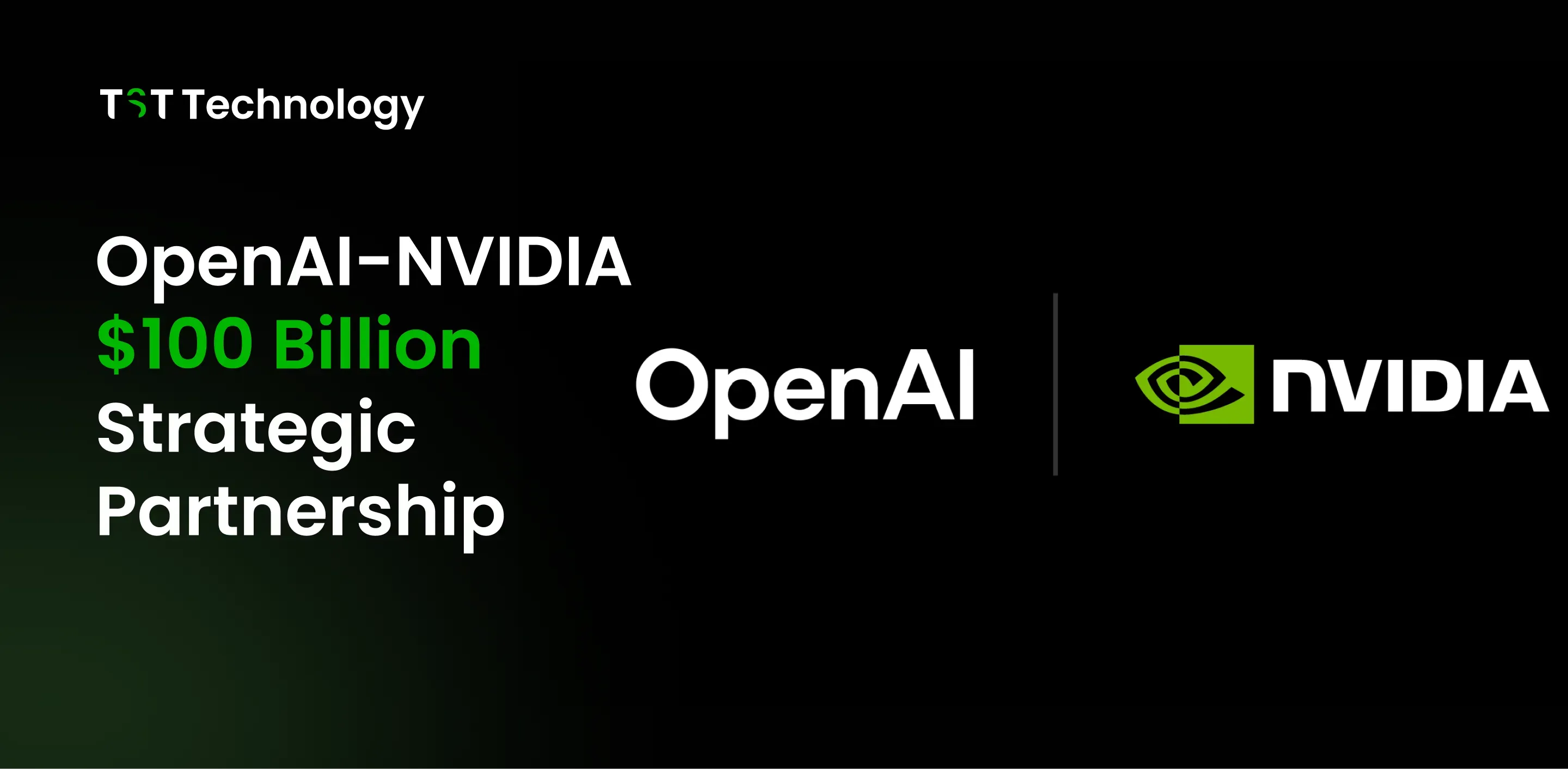
OpenAI and NVIDIA announced a landmark strategic partnership valued at up to $100 billion, representing the largest AI infrastructure project in history. The collaboration will deploy at least 10 gigawatts of NVIDIA systems for OpenAI's next-generation AI infrastructure, including millions of GPUs powered by the upcoming NVIDIA Vera Rubin platform. The first gigawatt is scheduled to become operational in the second half of 2026, with NVIDIA progressively investing as each gigawatt is deployed.
This partnership extends beyond a simple hardware purchase agreement, representing a deep integration between two industry leaders that have collaborated since OpenAI's early days. The initiative aims to build an AI infrastructure that enables artificial intelligence to transition "from the labs into the world," providing computational power equivalent to billions of times more than the initial DGX system NVIDIA delivered to OpenAI in 2016. The collaboration positions both companies to meet the training and inference demands required for developing superintelligence while serving OpenAI's growing user base of over 700 million weekly active users.
Google Expands AI Mode to 180+ Countries
Google significantly expanded its AI-powered search capabilities by rolling out AI Mode to more than 180 new countries and territories in English, making it the most comprehensive global deployment of conversational AI search to date. For businesses, this shift highlights why integrating AI into your existing business is no longer optional but a necessity for global competitiveness. The expansion includes enhanced agentic features enabling Google to perform complex tasks on behalf of users, from personalized dining recommendations to collaborative sharing through new integrated buttons.
The update introduces several groundbreaking features, including Audio AI Overviews, which provide AI-generated audio summaries for select U.S. queries, and Live voice chat capabilities through the Search Live feature in the Google app for both Android and iOS. Google also launched AI Overviews in the Discover feed and integrated a custom version of Gemini 2.5, their most intelligent model, into both AI Mode and standard AI Overviews. These developments represent Google's commitment to transforming search from simple information retrieval to intelligent assistance that can understand context and provide actionable insights.
Microsoft Integrates Anthropic Models into Copilot
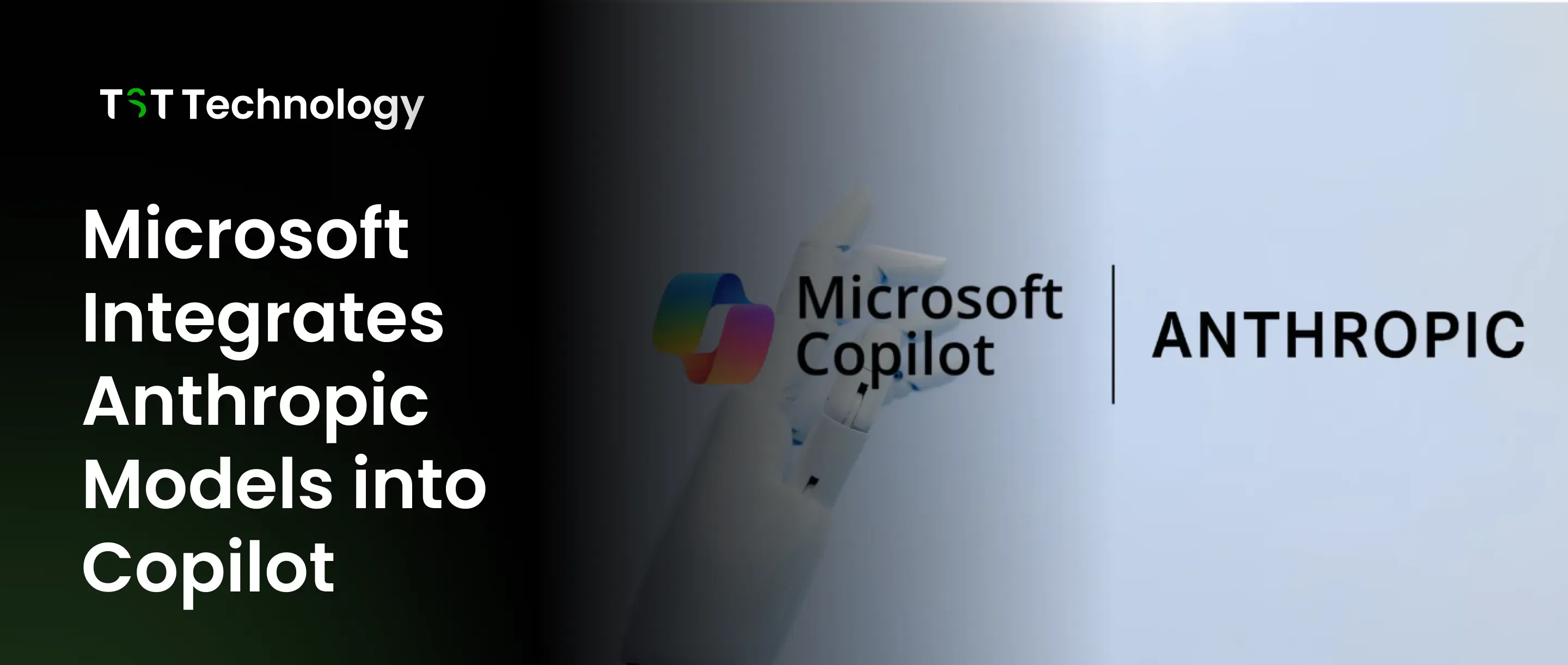
Microsoft made a strategic shift by integrating Anthropic's Claude models into its Copilot assistant, ending OpenAI's monopoly on the company's flagship AI platform. Enterprise users can now choose between OpenAI's models and Anthropic's Claude Opus 4.1 and Claude Sonnet 4 for specific tasks, with Opus targeting complex reasoning and coding while Sonnet handles routine development and content generation. The integration starts with Copilot's Researcher agent and Copilot Studio, allowing administrators to control access through the Microsoft 365 admin center.
This diversification represents Microsoft's evolution toward a multi-model AI strategy, addressing varied enterprise requirements that single AI providers cannot meet effectively. Despite Microsoft's $13 billion investment in OpenAI, the company recognizes the need for model diversity to accelerate Copilot adoption, which currently sees only 60% deployment among customers, with most limiting usage to 10% of their user base. The move follows Microsoft's earlier integration of Anthropic AI into Office 365 applications and signals a broader industry trend toward vendor diversification in AI solutions.
Apple Intelligence Receives Major Updates
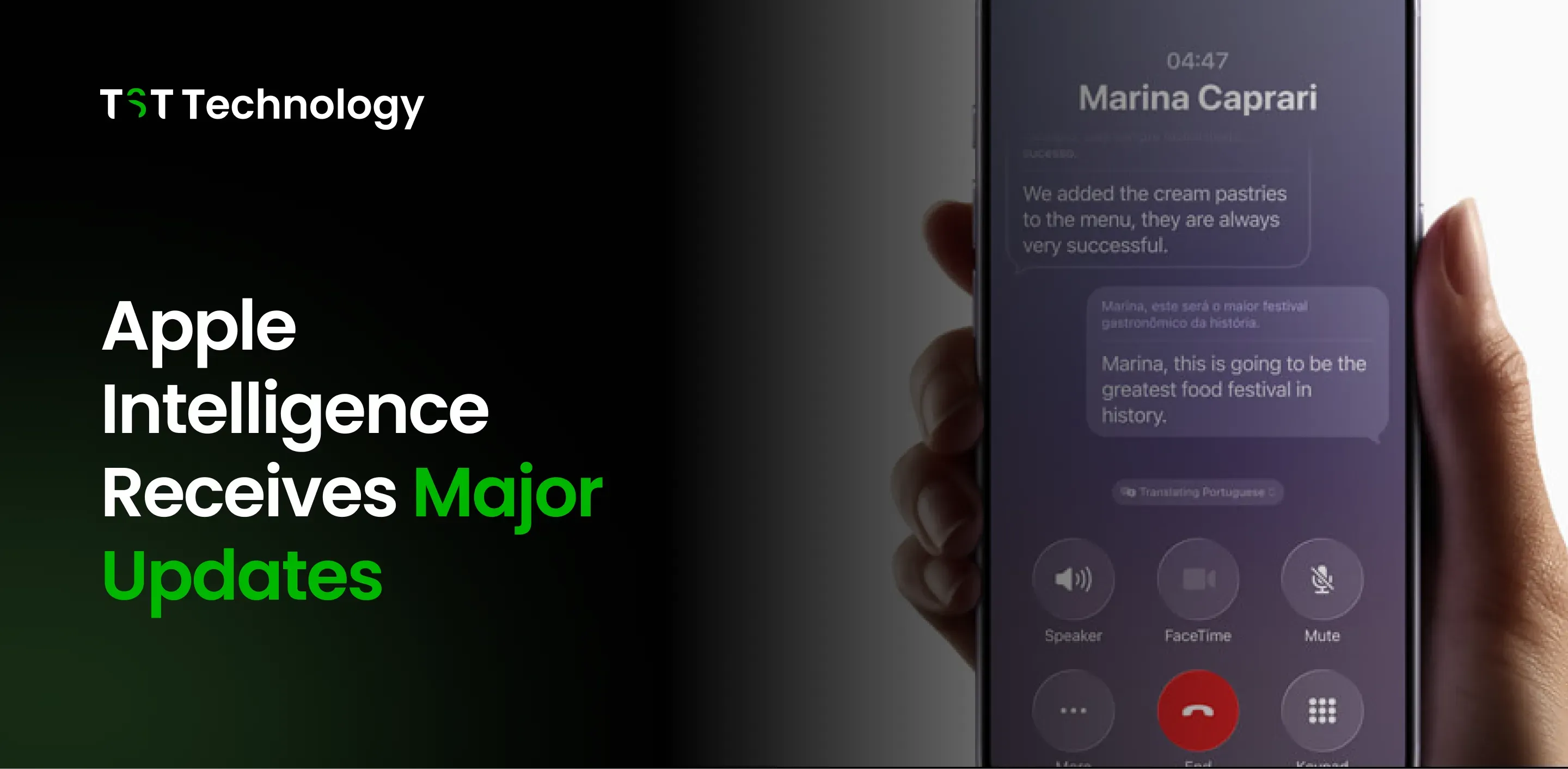
Apple released significant Apple Intelligence enhancements across iPhone, iPad, Mac, Apple Watch, and Apple Vision Pro, marking the most comprehensive AI integration across Apple's ecosystem to date. The September updates introduced Live Translation for real-time text and voice translation in Messages, FaceTime, and phone calls, enhanced Visual Intelligence with screenshot support and ChatGPT integration, and improved Genmoji creation, combining existing emojis with advanced AI capabilities. Apple also launched the Foundation Models Framework, allowing third-party developers to access Apple's on-device AI models for the first time.
The updates expanded language support to include Danish, Dutch, Norwegian, Portuguese, Swedish, Turkish, Traditional Chinese, and Vietnamese, broadening Apple Intelligence accessibility globally. New features include AI-powered Auto Zoom and Auto Rotate settings utilizing a square 24MP sensor, Apple Intelligence Actions in Shortcuts for automated workflows, and enhanced Image Playground with additional styles through ChatGPT integration. These developments position Apple Intelligence as a privacy-focused AI solution that operates offline while providing sophisticated capabilities across Apple's entire product lineup.
ByteDance Launches Seedream 4.0 AI Image Generator
ByteDance unveiled Seedream 4.0, a comprehensive AI image generation and editing tool designed to compete directly with Google's Nano Banana AI model. The new system introduces an all-in-one design that seamlessly blends image creation and editing capabilities, allowing users to generate posters, infographics, and realistic artwork using simple text prompts with clear text integration and detailed visual output. ByteDance claims Seedream 4.0 outperformed Google's Gemini 2.5 Flash Image on their internal MagicBench evaluation, showing superior performance in prompt adherence, alignment, and aesthetic quality.
Seedream 4.0 features a revolutionary new architecture that accelerates image inference by more than 10 times compared to previous models, significantly improving processing speed and user experience. The tool is currently available in China through ByteDance's Jimeng and Doubao AI applications, with enterprise access provided through the Volcano Engine cloud platform. This launch represents ByteDance's broader strategy to compete with international AI companies by developing cutting-edge generative AI technologies that can match or exceed the capabilities of established players in the global market.
Meta Introduces Vibes AI Video Platform
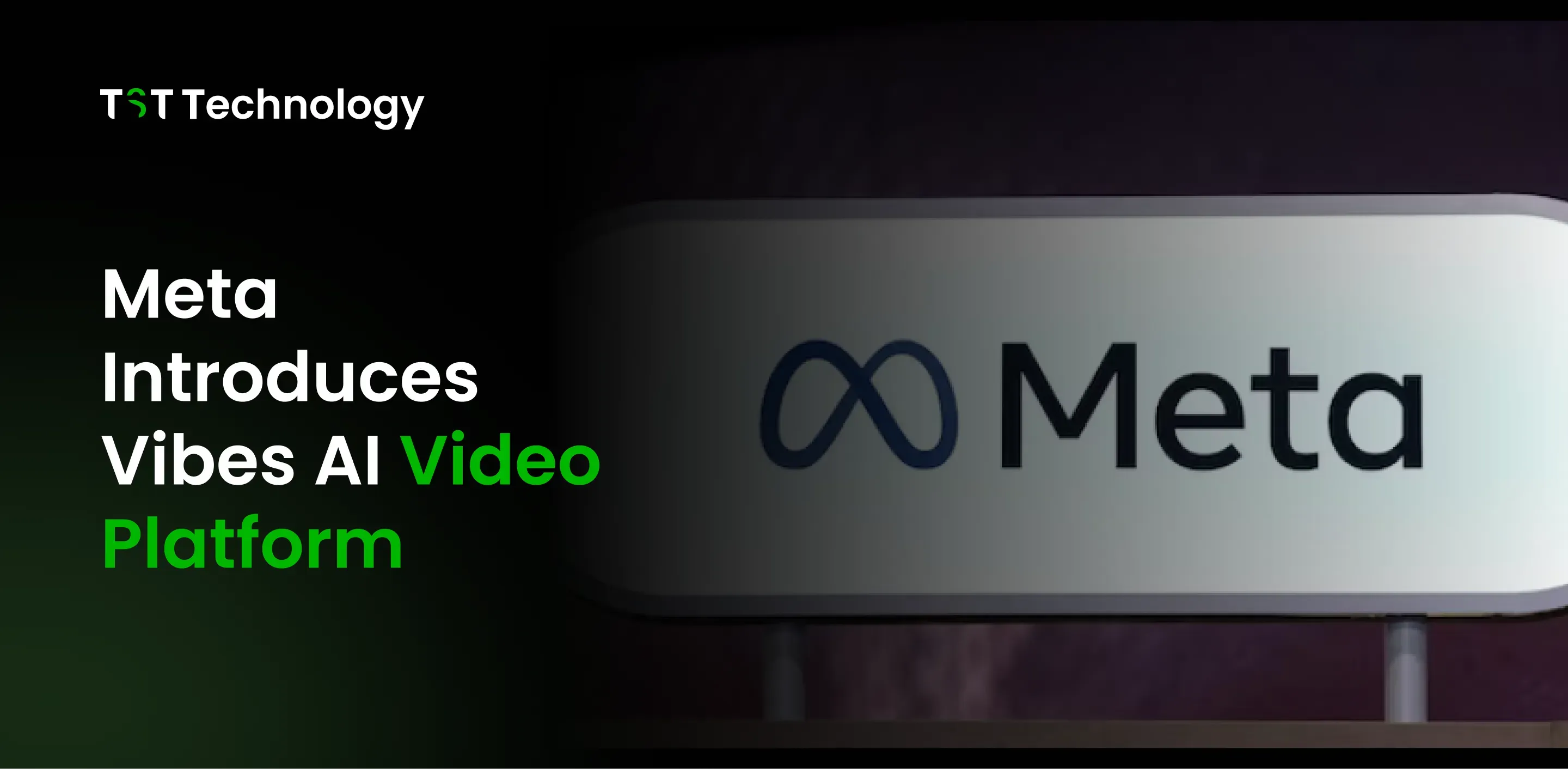
Meta launched Vibes, an innovative AI-powered video generation and sharing platform integrated into the Meta AI app and meta.ai website. The platform enables users to create and share short-form AI-generated videos, representing Meta's strategic push into AI-driven content creation and social interaction. Vibes allows users to start from scratch with creative prompts or utilize pre-designed templates, while also offering the ability to remix existing AI-generated videos shared by other users on the platform.
This launch aligns with Meta's broader AI expansion strategy, which includes rolling out Custom AIs for European users, introducing AI-powered features like Restyle for Instagram, and expanding Meta AI capabilities across Facebook, Instagram, and WhatsApp. The platform represents a significant evolution in social media content creation, where artificial intelligence becomes the primary tool for video production as well as a social media post generator, rather than traditional recording methods. Vibes' positioning within the Meta ecosystem suggests the company's vision of AI-first social experiences that could fundamentally change how users create and consume digital content.
Harvard Achieves 3,000-Qubit Quantum Computing Breakthrough
Harvard scientists unveiled a revolutionary quantum computing system featuring over 3,000 quantum bits that can operate continuously for more than two hours without restarting, representing a 10-fold increase in scale and the first quantum machine capable of uninterrupted operation. The system addressed the fundamental challenge of atom loss by developing a method to insert new atoms while preserving existing quantum information, allowing over 50 million atoms to cycle through the system during its operational period. This breakthrough solves a critical bottleneck that has limited quantum computing scalability and practical applications.
The Harvard-MIT collaboration, conducted in partnership with QuEra Computing, demonstrated not only impressive scale but also the ability to maintain quantum coherence while dynamically reconfiguring the atomic quantum computer during operation. Lead researcher Mikhail Lukin described the system as becoming "a living organism" that can literally reconfigure itself while running computations. The team published three complementary papers in Nature, including demonstrations of reconfigurable atom arrays for simulating quantum magnets and new quantum error correction architectures, providing a direct pathway toward quantum computers capable of executing billions of operations and running continuously for days.
NVIDIA-Intel Strategic Collaboration Agreement
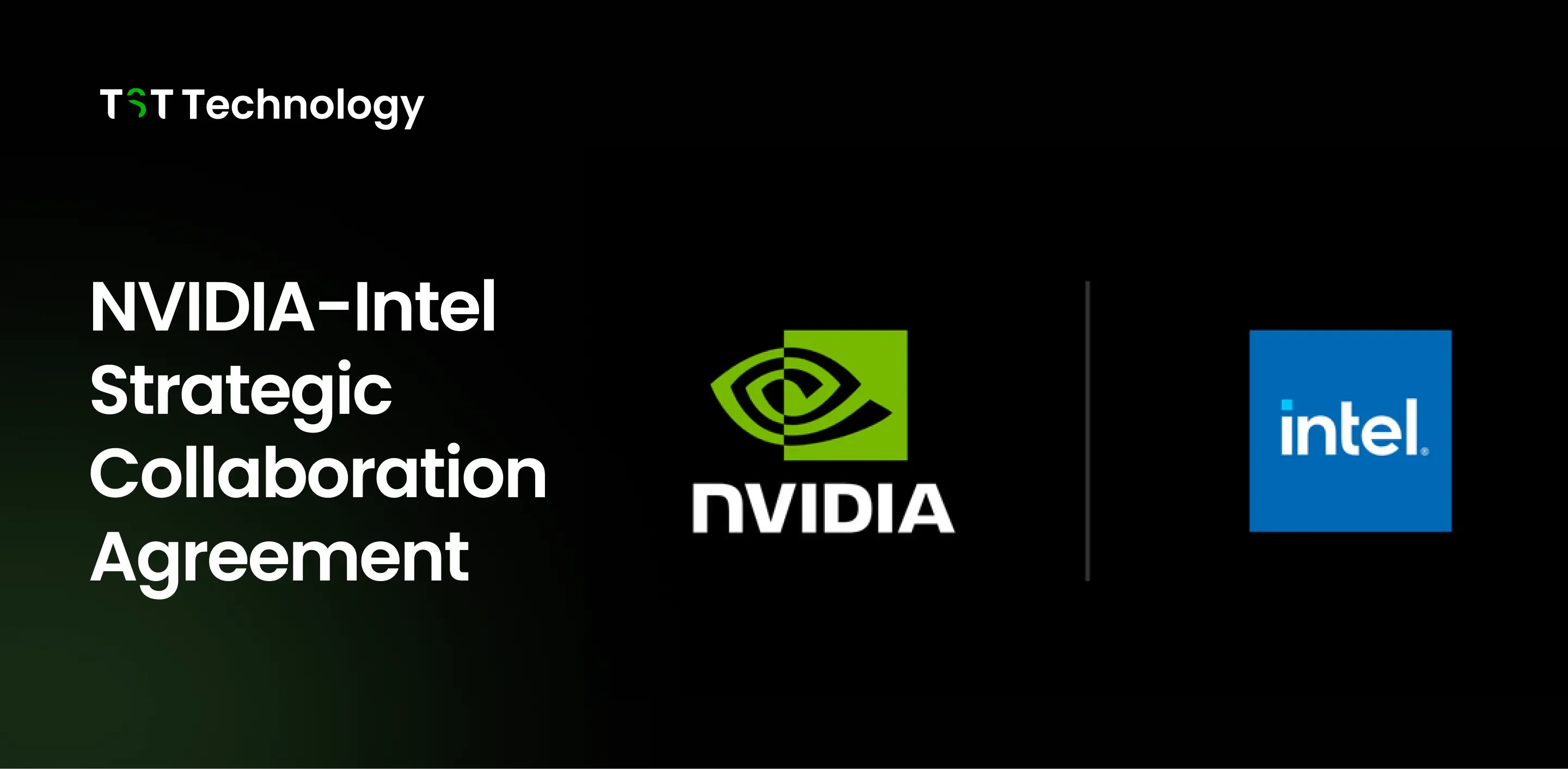
NVIDIA and Intel announced a historic collaboration to jointly develop multiple generations of custom datacenter and client computing products, with NVIDIA investing $5 billion in Intel's common stock. The partnership focuses on seamlessly connecting NVIDIA and Intel architectures using NVIDIA NVLink technology, integrating NVIDIA's AI and accelerated computing capabilities with Intel's leading CPU technologies and x86 ecosystem. For data centers, Intel will manufacture NVIDIA-custom x86 CPUs that NVIDIA will integrate into its AI infrastructure platforms, while for personal computing, Intel will build x86 system-on-chips incorporating NVIDIA RTX GPU chiplets.
This collaboration addresses the growing computational demands of AI applications by combining the strengths of both companies' technologies in unprecedented ways. NVIDIA CEO Jensen Huang emphasized that the partnership represents a "historic collaboration" that couples NVIDIA's CUDA architecture with Intel's x86 ecosystem, creating a fusion of two world-class platforms. Intel CEO Lip-Bu Tan highlighted how their process technology, manufacturing capabilities, and advanced packaging will complement NVIDIA's AI leadership to enable new industry breakthroughs while positioning Intel as a key manufacturing partner in the AI boom.
Tesla Pivots to AI and Robotics with Master Plan 4
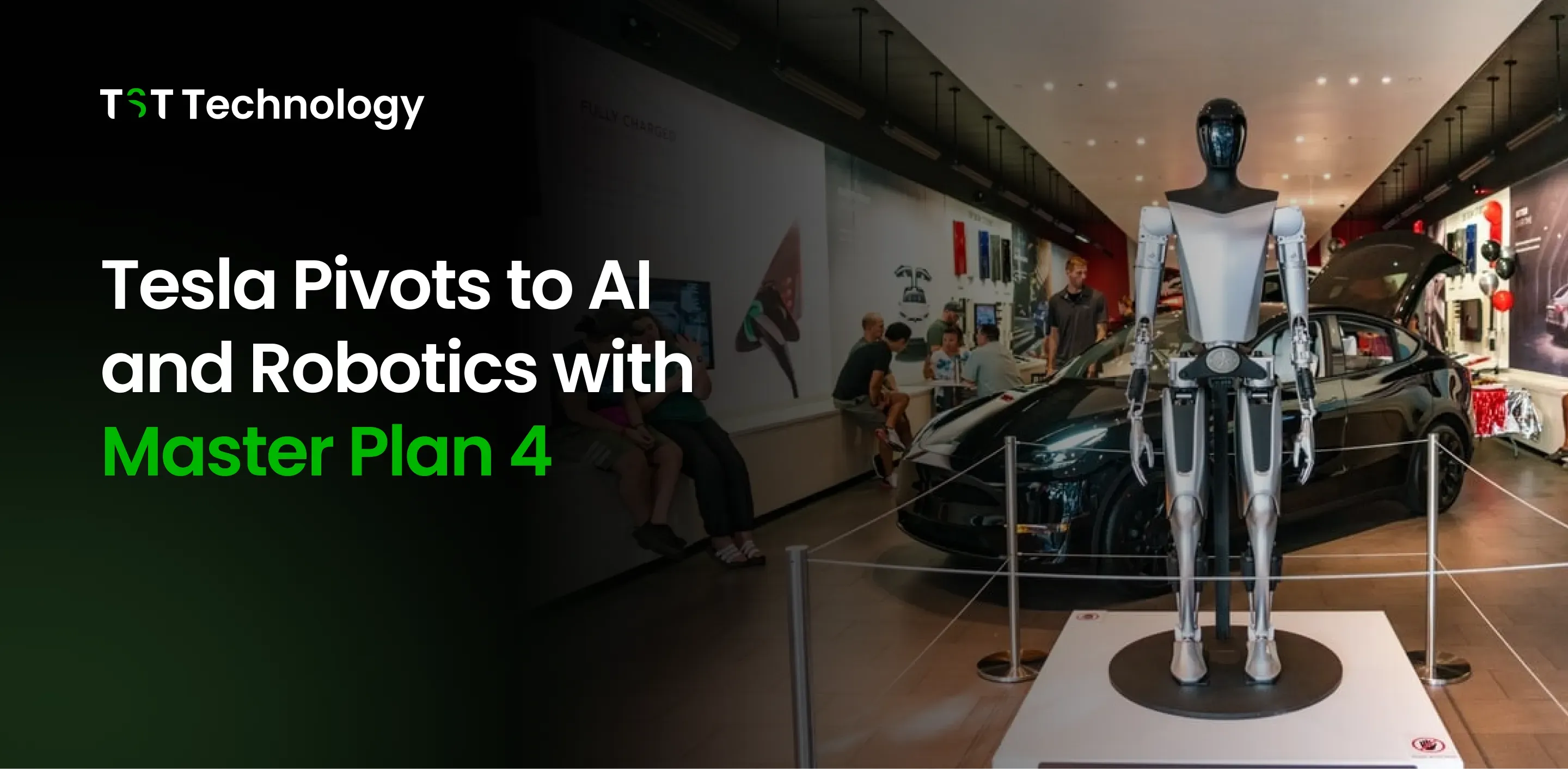
Tesla unveiled Master Plan Part 4, representing a fundamental strategic shift from electric vehicles to artificial intelligence and humanoid robotics, with CEO Elon Musk predicting that robots could comprise 80% of the company's future value. The ambitious plan centers around Tesla's Optimus humanoid robot line, targeting production of several thousand units in 2025, scaling to 50,000-100,000 units by 2026, and potentially reaching 500,000-1 million units annually by 2030. Musk positions this as creating "sustainable abundance" where labor and energy costs approach zero through AI-powered automation.
Despite production challenges including overheating, battery life issues, and payload limitations that have required design pauses and supply chain requalification, Tesla continues advancing its Gen-3 Optimus prototypes with improved dexterity and hand articulation. The company faces significant execution hurdles as EV sales declined 13% globally in the first half of 2025, with analysts noting that current revenue still depends almost entirely on vehicles and energy storage rather than robotics.
Samsung AI Forum 2025 Showcases Global Innovation
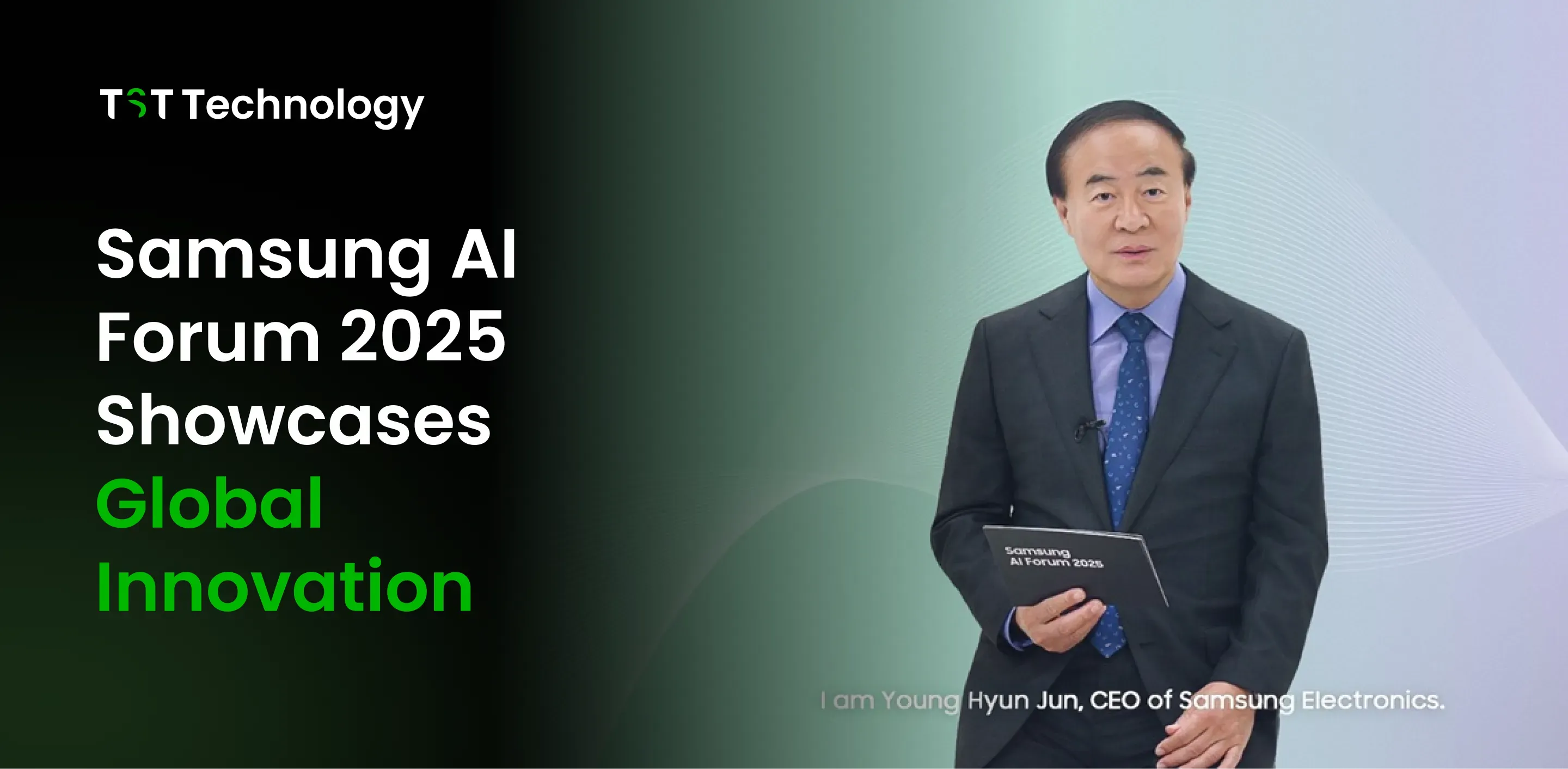
Samsung hosted its ninth annual Samsung AI Forum on September 15-16, 2025, bringing together leading global AI scholars and industry experts to share breakthrough research and explore future AI directions. The forum featured prominent speakers including Yoshua Bengio from the University of Montreal, known as a leader in deep learning, and Stefano Ermon from Stanford University, co-founder of Inception and creator of diffusion-based language models. Samsung Vice Chairman and CEO Young Hyun Jun emphasized how the company is applying AI across operations to develop foundational technologies that make artificial intelligence more intuitive and Seamless.
The opening day focused on "Vertical AI Strategies and the Future of the Semiconductor Industry," highlighting Samsung's commitment to growing AI-driven semiconductor technologies near its Yongin, Korea, facility. The forum reflected the industry's ongoing transformation toward deeper AI integration across multiple fields, with Samsung positioning itself as a leader in developing next-generation AI hardware and software solutions.
Amazon Web Services Launches Major AI Infrastructure Updates
Amazon Web Services unveiled significant updates to its AI and cloud infrastructure stack in September 2025, including new foundation models in Amazon Bedrock featuring Qwen 3, DeepSeek-V3.1, and Stability AI image services. The additions provide developers with access to powerful multilingual models, advanced image generation capabilities, and enhanced problem-solving tools for text generation, code creation, and complex analytical tasks. AWS also introduced support for remote Model Context Protocol (MCP) servers in Amazon Q Developer, enabling developers to extend their AI assistant capabilities with custom tools and data sources.
The updates included major enhancements to Amazon SageMaker HyperPod with new autoscaling capabilities that automatically adjust compute resources based on workload demands, optimizing both performance and cost for distributed training jobs. AWS also announced the general availability of Amazon Corretto 25, its no-cost multiplatform distribution of OpenJDK, providing Java developers with long-term support and performance enhancements. These developments position AWS as a leading platform for enterprise AI deployment, offering comprehensive tools and services that span from model development to production-scale implementation.
GitHub Copilot CLI Enters Public Preview with Agent Mode
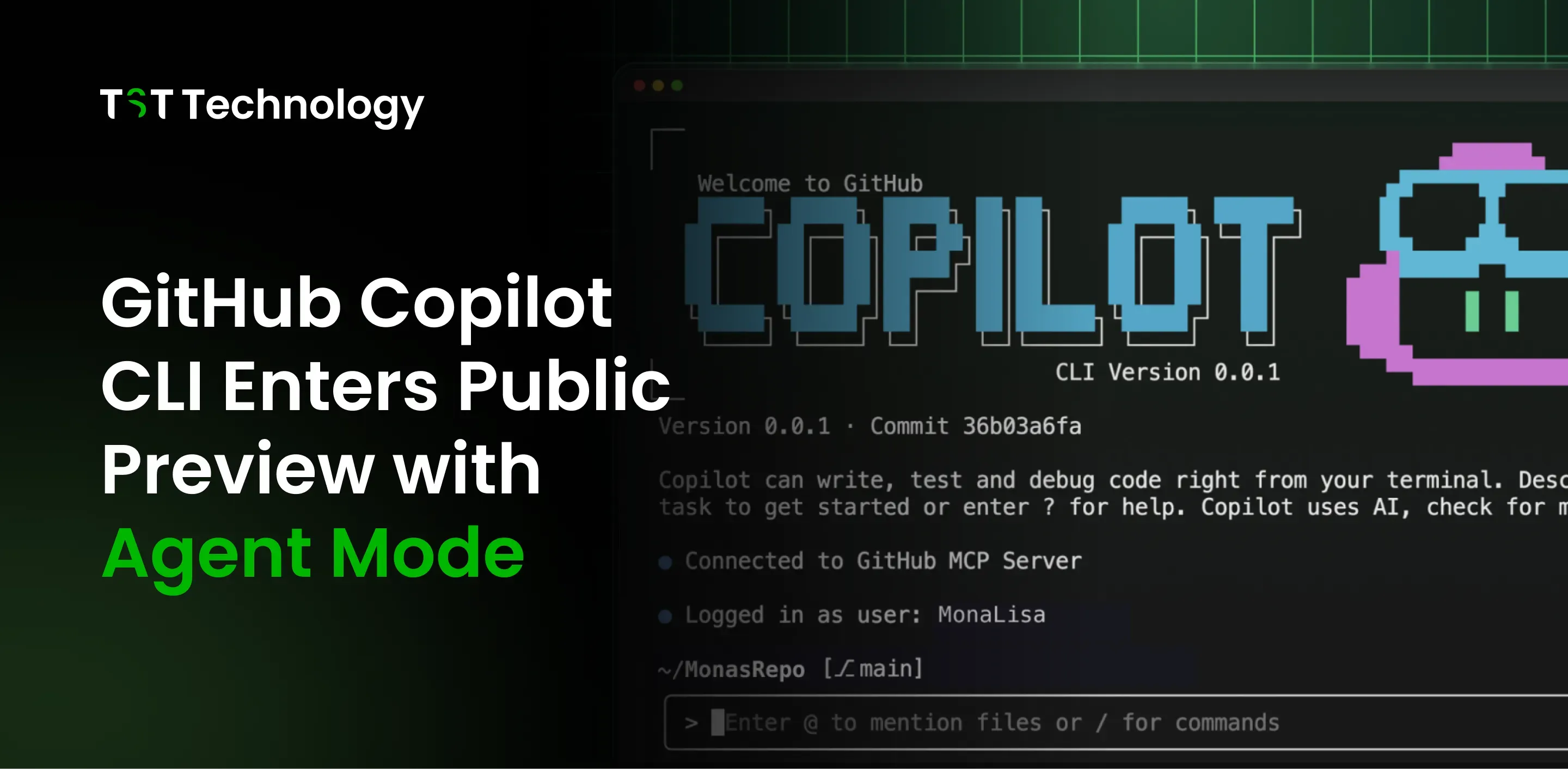
GitHub launched Copilot CLI in public preview on September 25, 2025, bringing the power of AI coding assistance directly to developers' terminals without requiring context switching. The new command-line interface features terminal-native development capabilities, GitHub integration out of the box, and agentic functionalities that can build, edit, debug, and refactor code through natural language commands. The system includes MCP-powered extensibility and ships with GitHub's MCP server by default while supporting custom MCP servers to extend capabilities further.
This launch coincides with the deprecation of the older gh-copilot CLI extension, which will stop functioning on October 25, 2025, as GitHub transitions users to the more powerful agentic experience. GitHub also announced multiple AI model integrations, including OpenAI GPT-5, Anthropic Claude Opus 4.1, and Gemini 2.5 Pro, each offering specialized capabilities for different development scenarios. The company reported that Copilot now serves over 15 million developers globally, with new features like agent mode and automated code reviews streamlining development workflows across major IDEs, cover Visual Studio Code, JetBrains, and Xcode.
Deutsche Telekom Launches 5G Advanced Features Commercially
Deutsche Telekom became the first network operator in Germany to commercially launch 5G Advanced capabilities, introducing network slicing, RedCap technology, and L4S (Low Latency, Low Loss Scalable Throughput) enhancements. The operator's network slicing technology enables dedicated network segments for specific applications, with its Live Video Production service allowing broadcasters to transmit data-intensive video signals reliably during live coverage. RedCap technology specifically supports small, low-power devices, including Apple Watch models, improving network efficiency while extending device battery life and operational range.
The L4S technology represents a significant breakthrough for gaming applications, enabling "supercharged" network slices with optimized data transmission that minimizes latency fluctuations or jitter. This advancement is crucial for online gaming success, as lower jitter enables faster reactions and better performance for competitive gaming scenarios. Deutsche Telekom's 5G network now reaches more than 98% of Germany's population, positioning the country as a leader in 5G Advanced deployment and setting standards for next-generation mobile communication capabilities across Europe.
Meta Connect 2025 Launches AI-Powered Smart Glasses
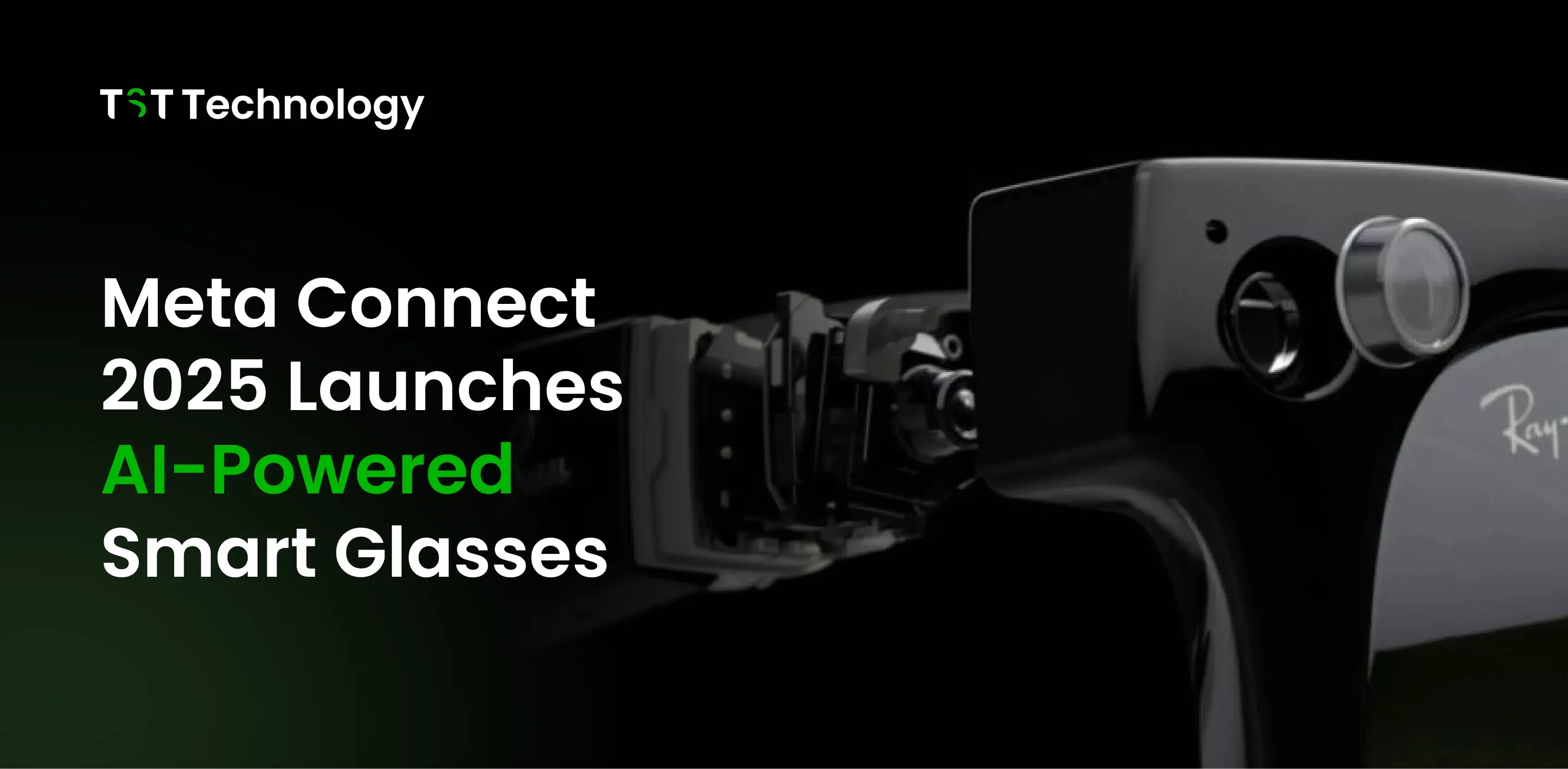
Meta Connect 2025 on September 17-18 marked a pivotal moment for augmented reality with the launch of Hypernova smart glasses featuring display-enabled eyewear and groundbreaking EMG wristband technology that reads neural signals for input. The new glasses offer lightweight heads-up displays for notifications, translations, and AI assistant interactions, representing Meta's first consumer AR glasses with integrated display capabilities. The neural wristband technology hints at a future where interfaces respond to intention rather than action, softening the line between thought and digital interaction.
The smart glasses ecosystem expansion includes significant updates to the Ray-Ban Meta lineup, featuring longer battery life, higher-resolution cameras capable of 3K video recording, and enhanced voice controls. With over 2 million Ray-Ban Meta units already sold, Meta's eyewear initiative demonstrates that smart glasses are transitioning from novelty to a scalable platform, with enterprise applications emerging in healthcare, logistics, and hybrid workplace environments. The development positions Meta for its "iPhone moment" in AR, creating practical and affordable AR experiences that lay the groundwork for fully immersive AR glasses expected by 2027.
Autonomous Vehicle Technology Reaches Commercial Deployment
September 2025 marked a significant advancement in autonomous vehicle technology with major industry events, including The Autonomous Main Event in Vienna and Dubai World Congress, focusing on "safe and secure software-defined autonomy". The industry demonstrated substantial progress in end-to-end AI systems versus rule-based approaches, with companies transitioning from predetermined response protocols to AI systems that process full visual contexts and make decisions similar to human drivers. Testing in real-world environments like Shanghai city traffic showed vehicles making lane decisions hundreds of meters in advance based on road conditions invisible to human drivers.
The autonomous vehicle market is projected to reach $1.2 trillion by 2040, driven by applications beyond passenger cars, including trucking, public transport, and industrial vehicles. Early successes in sectors like mining and agriculture demonstrate AV potential for boosting productivity and addressing global driver shortages, while urban infrastructure preparations indicate that major cities will be AV-friendly by 2035-2040. Key technological developments include L3/L4 automated driving deployment for passenger cars, autonomous driving applications in commercial trucking, and mobility-as-a-service platforms that could eliminate traditional rush hour patterns through optimized vehicle communication and coordination.
Conclusion
The September 2025 artificial intelligence and technology landscape reveals an industry in rapid acceleration, with strategic partnerships, infrastructure investments, and breakthrough innovations converging to create unprecedented opportunities for businesses and consumers alike.
The $100 billion OpenAI-NVIDIA collaboration alone signals the massive scale of investment required to build the AI infrastructure of tomorrow, while companies like Google, Microsoft, and Apple demonstrate how AI integration is becoming essential across all digital platforms and services.
If you want to stay ahead of the latest AI and technology developments, explore our tech insights blog for regular updates and software development resources that help businesses navigate the fast-changing AI landscape.






